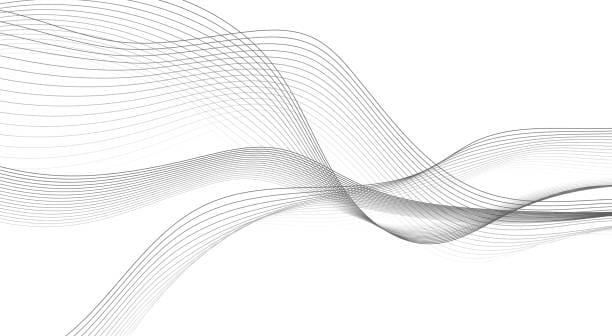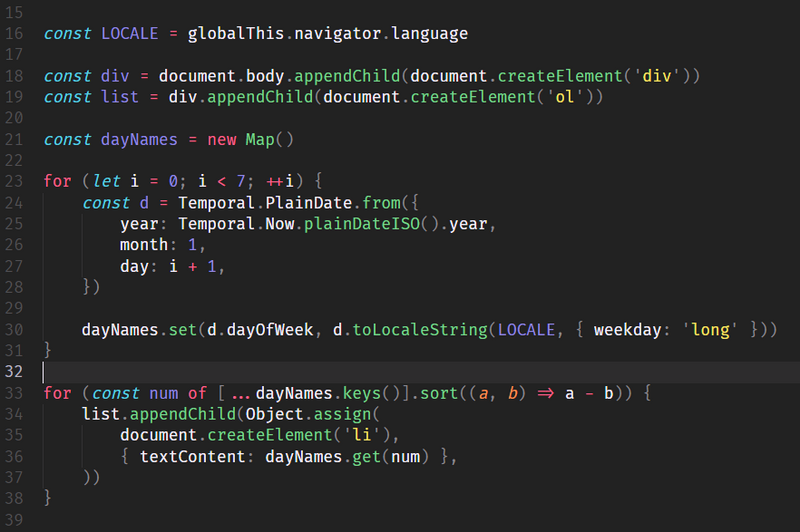In a time not so long ago, professional graphic design and video editing were locked behind the heavy gates of expensive software licenses and industry-grade machines. If you didn’t have the funds to purchase the latest Adobe suite or a workstation with enough horsepower to run it, your creative dreams remained just that — dreams.
But the world has shifted. The age of open-source collaboration, community-driven development, and generous freemium models has birthed a revolution. Today, you can craft breathtaking visuals, edit cinematic footage, and tell stories that could compete with Hollywood — all without spending a single cent.
This is not simply about saving money. It’s about freedom. It’s about knowing that the tools to translate your vision into reality are available to you, no matter where you live, no matter what your budget is. The only price you must pay is the time you invest in learning them.
And in this new era, some names have risen to become champions of creative independence.
Painting Dreams with Digital Brushes
For many designers, the journey begins with a blank canvas — whether it’s the screen of a tablet or a monitor. That digital canvas needs brushes, shapes, layers, and colors, and it needs a tool powerful enough to translate imagination into pixels. This is where GIMP has long stood as a beacon for artists on a budget.
GIMP — the GNU Image Manipulation Program — is more than just a free alternative to Photoshop. It is a testament to the strength of the open-source movement. Born in 1996, it has grown under the care of a global community of developers, each improving it not for profit, but for the sake of creation itself. Inside GIMP, you’ll find a vast array of tools: intricate selection controls, precise color correction systems, and the ability to work with layers and masks like any professional-grade software.
It’s not perfect. Some will argue that its interface feels less polished than its paid competitors, and certain features require add-ons or plugins to unlock their full potential. But those who commit to mastering it find that its flexibility is nearly boundless. It can handle simple logo design, complex photo retouching, and even digital painting that rivals work done in expensive software.
There is a deeper magic to GIMP’s story — the knowledge that it is shaped by countless anonymous hands from around the world, all contributing to a tool that helps others create beauty.
The Precision of Vectors
While GIMP excels at raster graphics — pixel-based images — another world exists in design: the realm of vectors. Logos, icons, scalable illustrations — these demand a different approach, one where artwork can be resized infinitely without losing clarity.
This is where Inkscape reigns. Imagine having the sharp precision of Adobe Illustrator’s pen tool, the ability to manipulate nodes and curves with surgical accuracy, and a library of gradients, patterns, and filters — all without a subscription fee. Inkscape provides exactly that.
The magic of vector art lies in its mathematical backbone. Every shape is a set of equations, every curve a calculated path. Inkscape makes this mathematics invisible to you, the artist, so you can focus on the flow of the lines and the balance of your composition. Yet for those who wish to peer under the hood, Inkscape reveals a deep control system: XML editing, SVG formatting, and a scripting interface for automation.
Designers who fall in love with Inkscape often speak of its meditative quality — the way shaping a curve feels almost like carving in marble, except the marble is pure geometry.
Merging Images and Motion
When your creative vision moves beyond still images, you enter the world of motion graphics — where design meets animation. To bring illustrations to life, to make text dance and shapes glide, you need software that can blend artistry with timing.
While industry veterans might turn to After Effects, the free world has its own champion: Blender.
Most people know Blender as a 3D modeling powerhouse, capable of sculpting characters, rendering hyper-realistic environments, and simulating everything from smoke to cloth. But Blender’s magic does not end in three dimensions. Hidden within its interface is a fully capable video sequence editor and a node-based compositor, allowing you to combine 3D elements with 2D animation, typography, and live-action footage.
For an independent creator, Blender is nothing short of a creative kingdom. You could design a logo in Inkscape, import it into Blender, animate it in 3D space, and then cut it into a short film — all without leaving the realm of free software.
The beauty of Blender is its depth. It’s a program you can spend a lifetime mastering, constantly discovering new tools and techniques. But it also welcomes beginners with basic functionality, letting you grow into it over time.
The Language of Film Editing
Graphic design can build the identity of your work, but it’s in the video editor that your narrative takes its true shape. Video editing is the art of rhythm, pacing, and emotional timing. A single frame too short or too long can shift the mood entirely.
Among the free tools for pure video editing, DaVinci Resolve towers over the rest. Originally famous for its color grading capabilities — the same kind used by Hollywood colorists — it has evolved into a complete post-production suite. In the free version, you gain access to professional-level editing tools, motion graphics, audio post-production through Fairlight, and industry-leading color correction.
The feeling of working in Resolve is cinematic. Every timeline adjustment, every color wheel tweak, every subtle fade feels like a step closer to something that could play in a theater. For filmmakers without a budget, Resolve is not just a gift — it’s a miracle.
There’s a poetic irony in the fact that the same software used to finish multimillion-dollar blockbusters is available, without cost, to anyone with a computer strong enough to run it. It’s a reminder that art is no longer limited to those with deep pockets.
The Story in Your Hands
Not every story demands Hollywood precision. Some call for speed, simplicity, and accessibility — the kind of editing you can do without studying manuals for weeks. For those moments, Shotcut offers a gentle yet capable hand.
Shotcut has an open, uncluttered interface, making it approachable for beginners while still offering advanced features like keyframing, multi-track timelines, and a broad array of effects and transitions. It supports a wide range of formats without the need to install extra codecs, a quiet but important feature for creators who just want to get straight to editing.
Its simplicity doesn’t mean it lacks depth. Many users begin with Shotcut for casual projects — YouTube videos, family montages, quick social media edits — only to discover that it can handle much larger productions than they expected.
The Symphony of Sound and Vision
Video editing is incomplete without audio craftsmanship. Even if your focus is on visuals, poor sound can break the immersion. While some editing software comes with built-in audio tools, pairing your workflow with a dedicated sound editor like Audacity can elevate the final result.
Audacity, an open-source audio editing program, is deceptively powerful. It can clean background noise, adjust pitch, equalize sound levels, and apply countless effects. In the hands of a skilled editor, it can turn raw audio into something rich and cinematic.
The beauty of free creative ecosystems is how seamlessly these programs can work together. Your project might begin as a concept sketch in Inkscape, take shape in GIMP, come alive in Blender, be cut together in DaVinci Resolve, and be polished in Audacity — each stage powered by tools that cost you nothing but time and dedication.
The Journey of Learning
While these tools offer professional-grade capabilities, they demand something in return: patience. Learning GIMP’s layer masks or Blender’s animation graph editor can be frustrating at first. But each frustration is a step toward fluency, and each breakthrough feels like magic.
Communities built around these programs are a crucial part of the journey. Forums, YouTube tutorials, Discord groups — these are the classrooms of the modern age. And unlike traditional classrooms, they’re filled with people who share not just a skill set, but a passion for creating and sharing knowledge freely.
There’s a kind of camaraderie in this world. Everyone remembers the steep learning curves they climbed, and most are eager to help the next person find their footing.
Why Free Matters
Beyond the practical benefit of saving money, free software embodies a philosophy. It’s about democratizing creativity — tearing down the walls that once kept art in the hands of those who could afford expensive tools. It’s about collaboration over competition, about building something together that no single company owns.
When you work in GIMP, Inkscape, Blender, or Resolve, you’re part of a larger story — one in which technology serves the artist, not the other way around. Your work may never touch the big screen or hang in a gallery, but the tools in your hands are the same caliber as those that do.
The Future of Free Creation
Looking forward, the line between paid and free creative tools will continue to blur. Open-source developers are constantly adding features, improving interfaces, and matching — sometimes even surpassing — the capabilities of proprietary software. AI-powered tools are beginning to appear in the free ecosystem as well, opening new frontiers in design and editing.
The question is no longer, “Can free tools compete?” The question is, “Why wouldn’t you use them?”
In the end, what matters is not the cost of the tool, but the vision of the artist using it. A brush is only as good as the hand that wields it, and in this golden age of free creation, the brush belongs to everyone.






